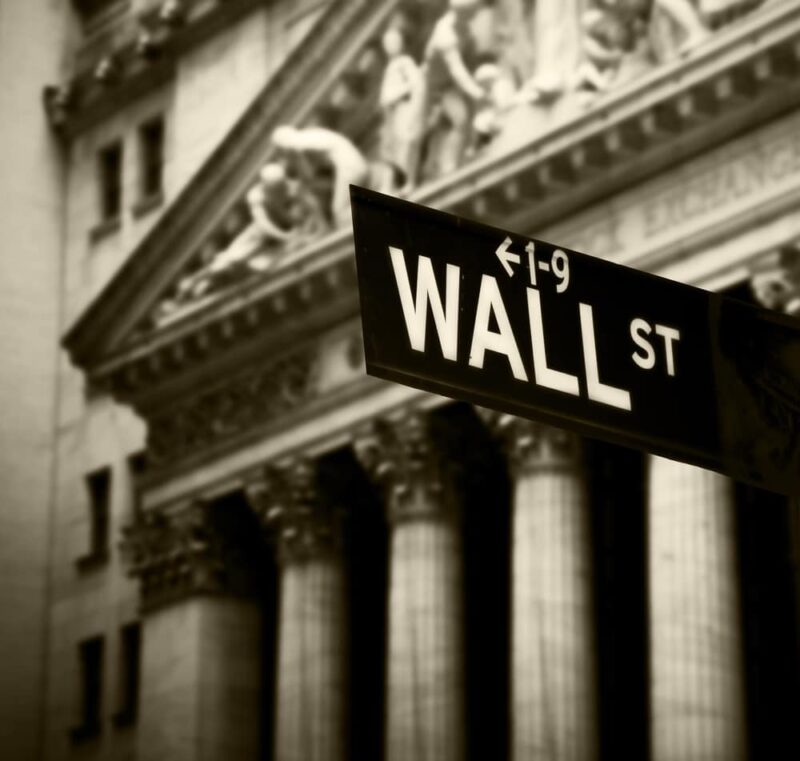As the world waits with bated breath for a solution to COVID-19, Wall Street continues to show immunity from the contagion that continues to threaten businesses located on Main Street, USA.
With what 2020 brought with it, it might be difficult to think back, realizing that the year kicked off with an economy that was full of promise and potential. The DJIA was tracking to crush the 30,000 threshold. Unemployment at the beginning of the year was a scant 3.5 percent, a level not seen for over 50 years. However, behind all the good news, things were beginning to unravel as what was to become COVID-19 worked its way from China to the rest of the world.
Then Things Took a Turn for the Worse
February 12 saw the Dow closing at 29,551. February 13 saw the Dow take a turn for the worse. Circuit breakers designed to put a halt to trading kicked in when the S&P 500 fell more than seven percent. The market hit its lowest point on March 23, when the S&P closed slightly above 2,237 and the Dow Jones closed slightly below 18,592.
The Fed issued a series of announcements that detailed some of the emergency measures they would undertake in an effort to stabilize the market. The measures included purchasing bonds and maintaining interest rates at near zero. What began as a public health crisis quickly threatened to spread into a full-scale financial crisis.
Within a matter of days, the President signed into law the $2.2 trillion CARES Act. The act provided additional unemployment benefits, debt forbearance, suspension of evictions and foreclosures, and payments up to $1,200 for individual Americans. The speed at which the act was implemented and the scope can be credited with stabilizing the market and calming the jitters felt by investors. Joseph Heider, President of Cirrus Wealth Management stated that he believes this financial assistance was responsible for the bounce-back.
The Picture Looks Bleak for Many American Families
As the months passed, a maddening division was taking place. The stock market bounced back to early 2020 gains and more, and the DJIA broke through 30,000 for the first time in November.
However, although Wall Street was doing better than expected, the picture looked far less rosy for millions of Americans and their families. There was, and still is, a big difference between the way the market is reacting and the state of the real economy. Unemployment has receded from its peak of nearly 15 percent set in April but remains exceedingly high, especially for minority workers where unemployment remains close to 10 percent.
With expanded benefits and various forbearance programs, personal savings soared. However, with massive shutdowns in the economy’s service-sector, half the families in America lost income. As of late December, a full 40 percent of those affected have not recovered the lost income, this according to a survey conducted by Bankrate.com. As expected, the losses were concentrated among America’s poor.
The Stock Market Recovery Baffled Many People
The market mechanics, especially the S&P, is designed to reflect the performance of big stocks, not the economy as a whole. Mitchell Goldberg, President of ClientFirst Strategy, suggests that both the S&P and the Nasdaq are market-cap weighted which means the bigger the company, the larger the fluctuations in stock value have on the overall performance of the index.
The introduction of fractional shares and commission-free trading platforms are generating substantial interest among a new breed of retail investors. Intervention by the Fed has kept the value of fixed-income returns low. Looking for meaningful returns, investors, regardless of size, have had few choices other than equities.
Capital markets, unlike people, are unemotional and cold. People are wondering what the future holds as President-elect Biden prepares to take over.
WeInvests is a financial portal-based research agency. We do our utmost best to offer reliable and unbiased information about crypto, finance, trading and stocks. However, we do not offer financial advice and users should always carry out their own research.
Read More













